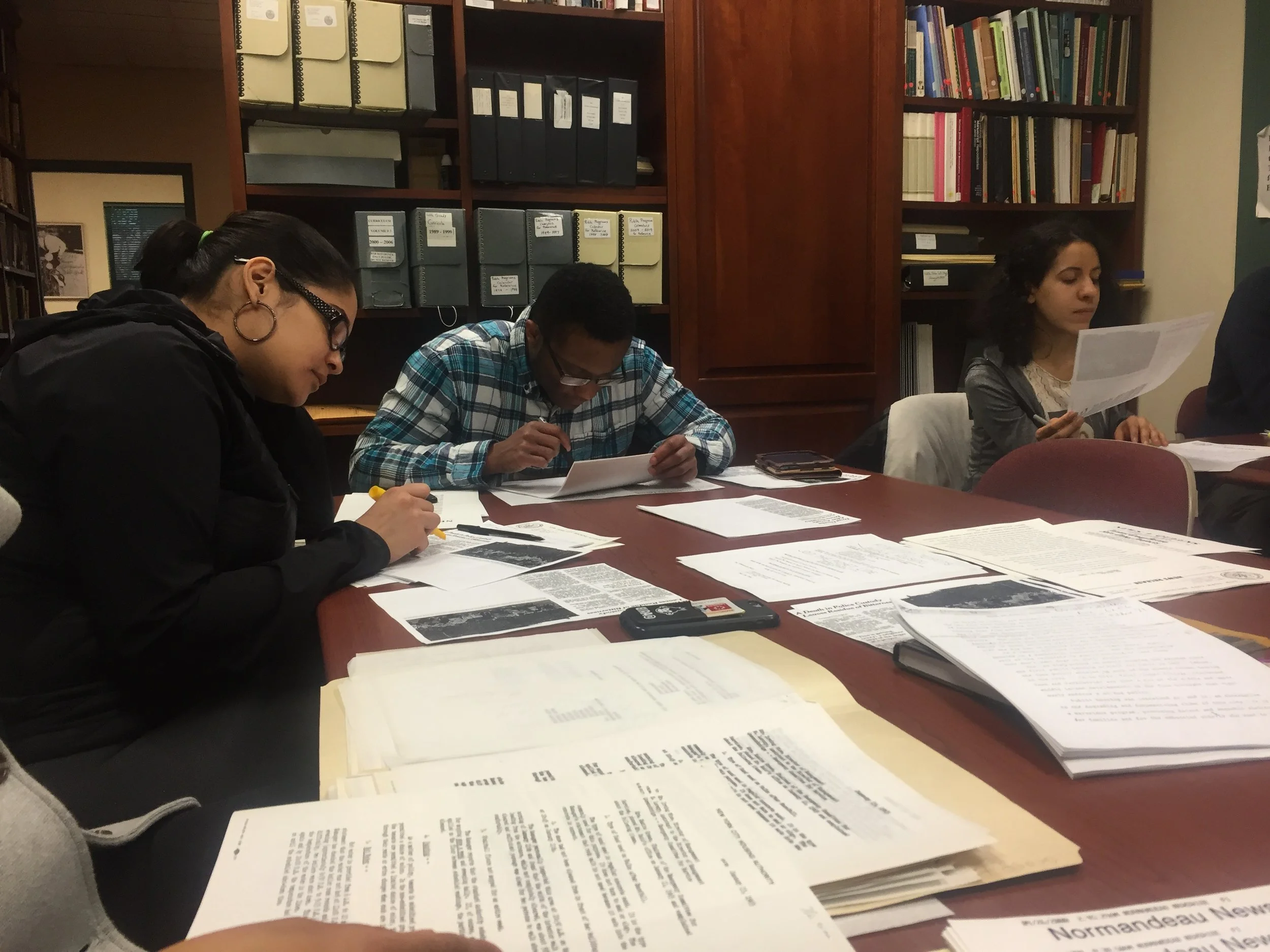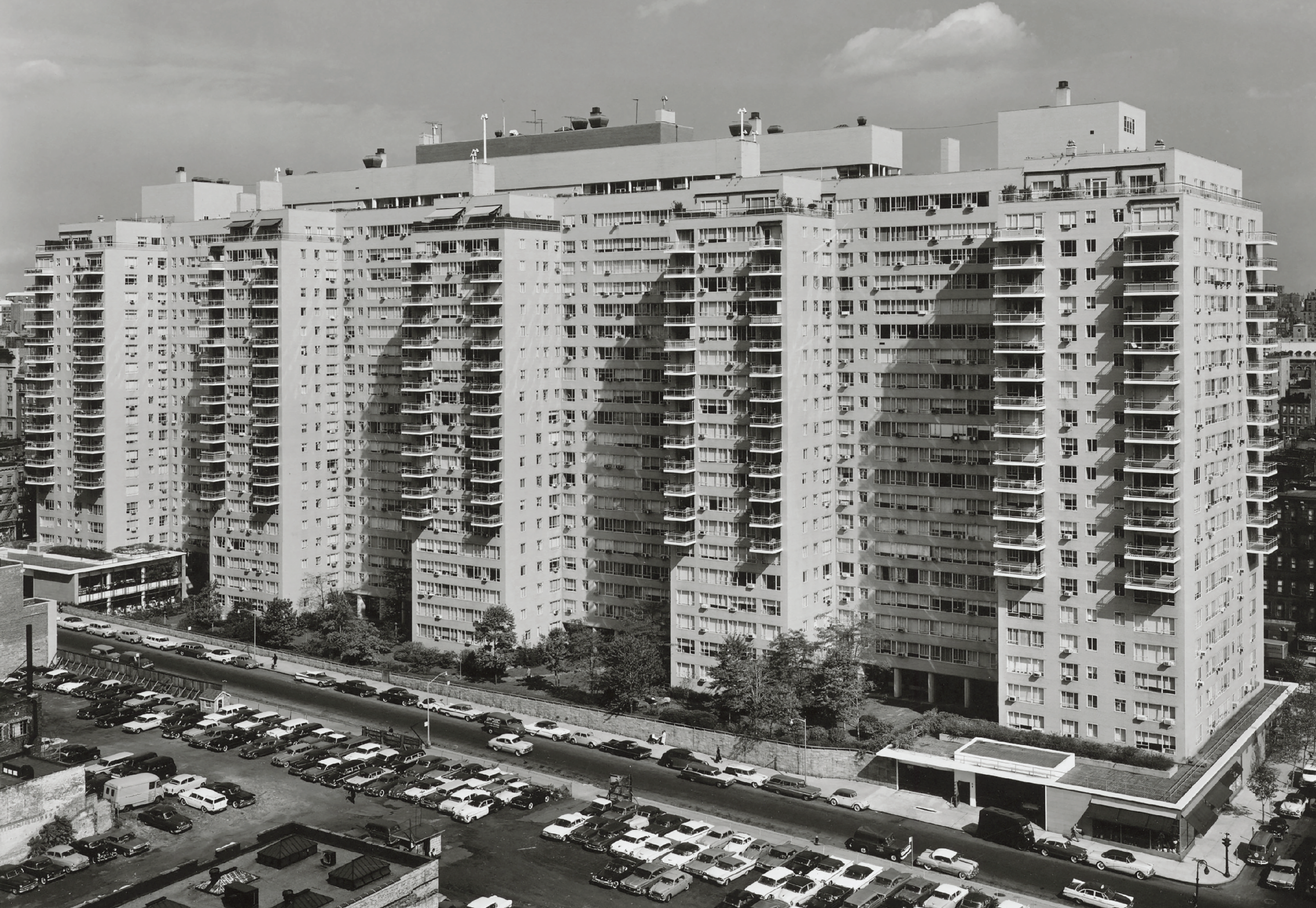Tudor City: Manhattan’s Historic Residential Enclave
By Lawrence R. Samuel
Walk east a few blocks from Grand Central Station along 42nd Street, take the stairs near the Church of the Covenant and voila!—you’ve entered another world. Tudor City—the five-acre faux medieval village, albeit with high-rise apartment buildings—is on the far east side of midtown Manhattan between First and Second Avenues and 40th and 43rd Streets, right around the corner from the United Nations. Tudor City is not just the architectural masterpiece created by real estate developer Fred F. French and the first residential skyscraper complex in the world; it’s a unique community that has played a significant role in the history of New York City over nearly the past century. The story of the “city within a city,” as it quickly became known, tells us much about life in Manhattan since the late 1920s, when the development came into being.
Read More









